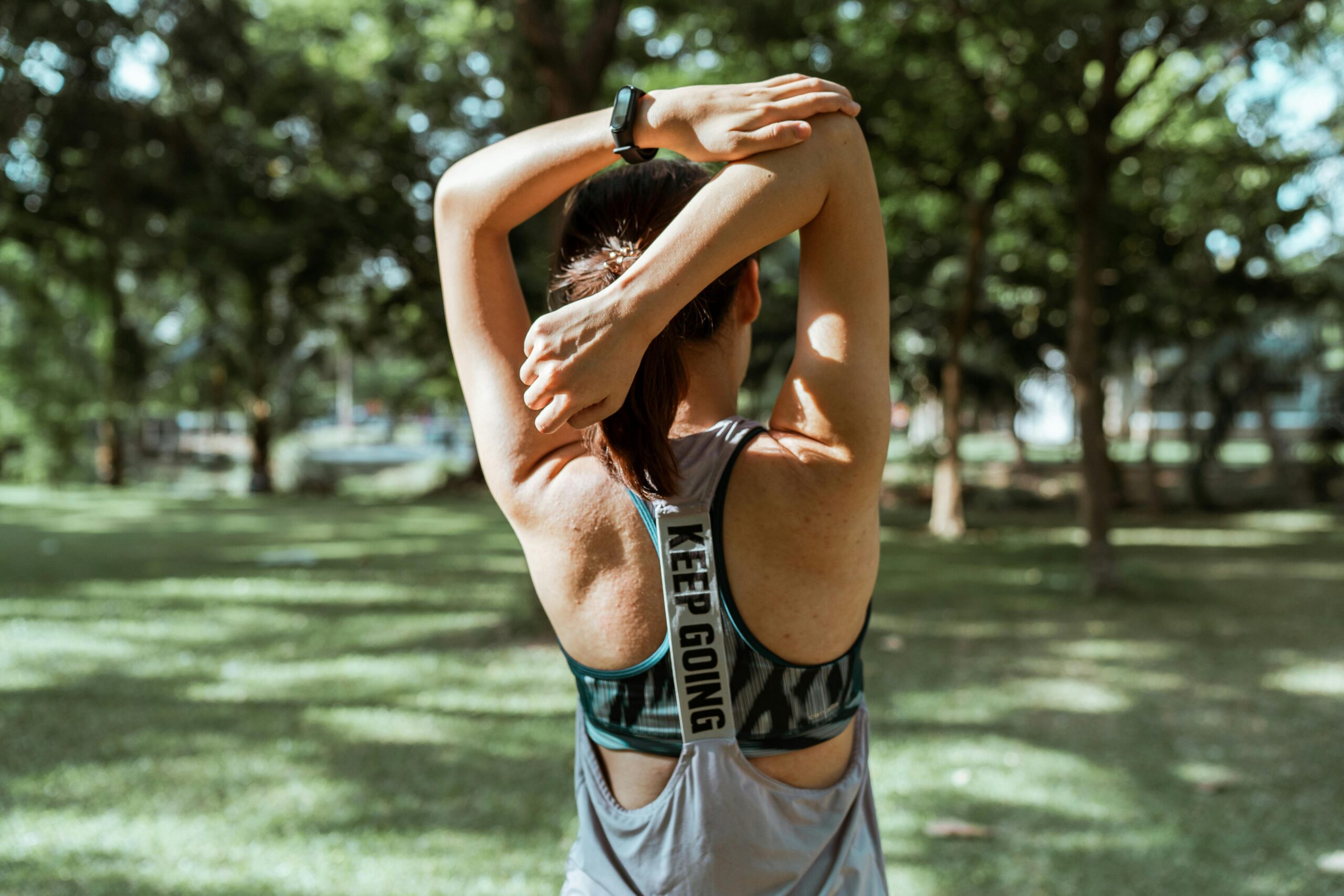What is a Pescetarian Diet?
Are you thinking about cutting down on meat but not ready to go completely vegetarian? A pescetarian diet might be perfect for you! It’s a way of eating where you mostly eat plants, but you also include fish and seafood in your meals. It’s like being a vegetarian, but with a fishy twist!
Benefits of a Pescetarian Diet
Eating like a pescatarian can be really good for your health. Fish is packed with healthy fats called omega-3s, which help your heart and brain work well. Plus, you’ll be eating lots of fruits, vegetables, and whole grains, which are full of vitamins, minerals, and fiber. You can feel more energised, have better digestion, and even keep a healthy weight with the support of these nutrients.
What Can You Eat on a Pescetarian Diet?
So, what can you actually eat as a pescetarian? The good news is that you are spoiled for choice! Here’s a quick list:
- Fish and seafood: This is the main difference between pescatarians and vegetarians. You can enjoy salmon, tuna, shrimp, and other delicious ocean goodies.
- Plants: Fill your plate with colorful fruits and vegetables. Think apples, spinach, carrots, and broccoli.
- Whole grains: Brown rice, quinoa, and whole-wheat bread are great choices.
- Legumes: Legumes, chickpeas, and beans are incredibly high in protein.
- Nuts and seeds: These are healthy snacks and add a crunch to your meals.
- Dairy and eggs: Many pescatarians include these, but it’s up to you.
Building a Pescetarian Meal Plan
Creating a pescetarian meal plan is easier than you think. Here are some tips:
- Balance is key: Aim for a mix of proteins (fish, beans, tofu), whole grains, and plenty of fruits and vegetables in every meal.
- Get creative with fish: Try different types of fish and cooking methods to keep things interesting.
- Explore plant-based protein: Discover the world of tofu, tempeh, and lentils.
- Don’t forget about snacks: Keep healthy snacks like fruits, nuts, and yogurt on hand.
- Read food labels: Make sure you’re choosing products without hidden animal ingredients.
Common Questions About the Pescetarian Diet
Is it hard to get enough protein on a pescetarian diet? Not at all! Fish, beans, lentils, tofu, and eggs are all great sources of protein.
Can I still eat out as a pescetarian? Absolutely! Many restaurants offer pescetarian-friendly options. Look for dishes with fish, seafood, or vegetarian proteins.
Is a pescetarian diet expensive? It doesn’t have to be! Give priority to whole, unprocessed foods since they are frequently less expensive.
Remember, starting a new way of eating takes time. Be patient with yourself, and enjoy the process of discovering new and delicious foods!
